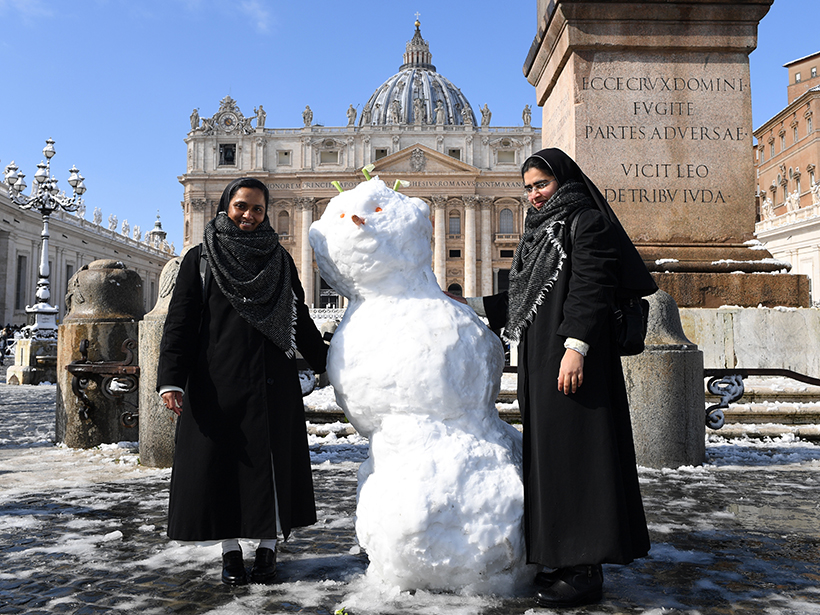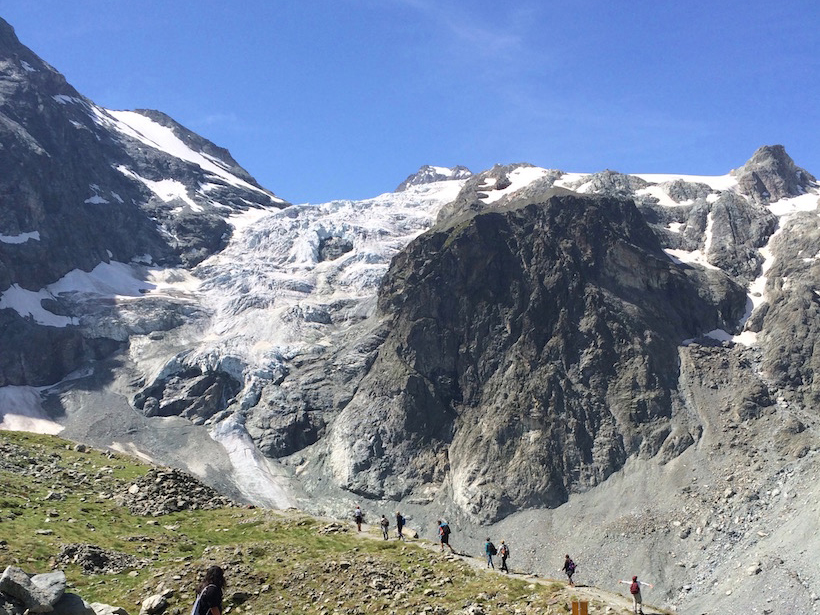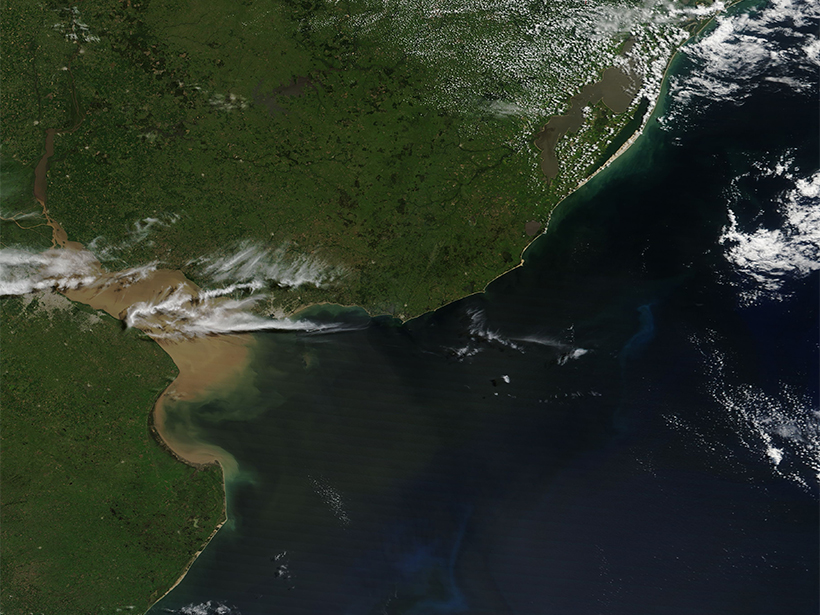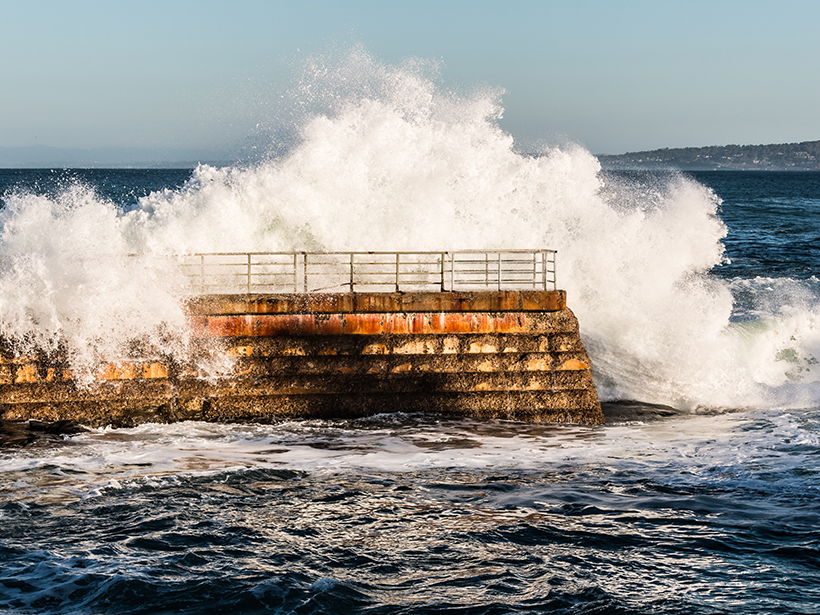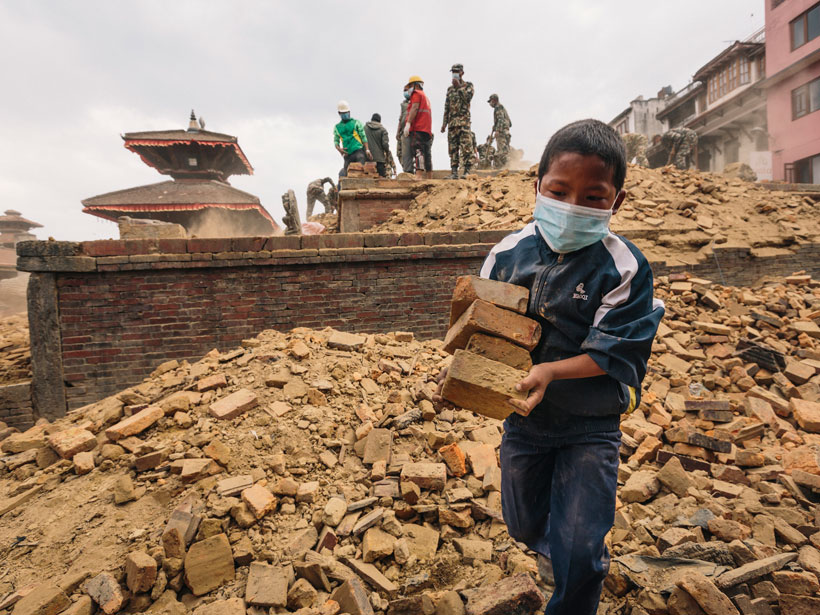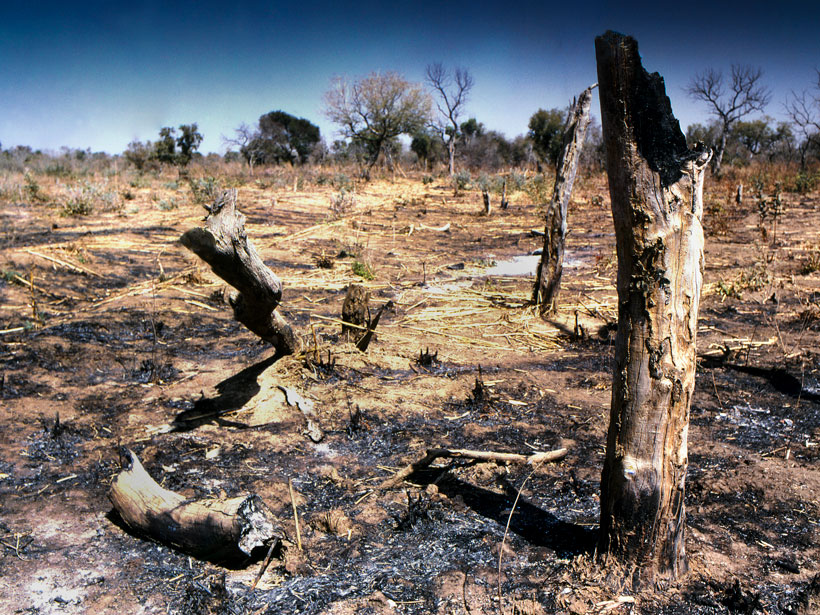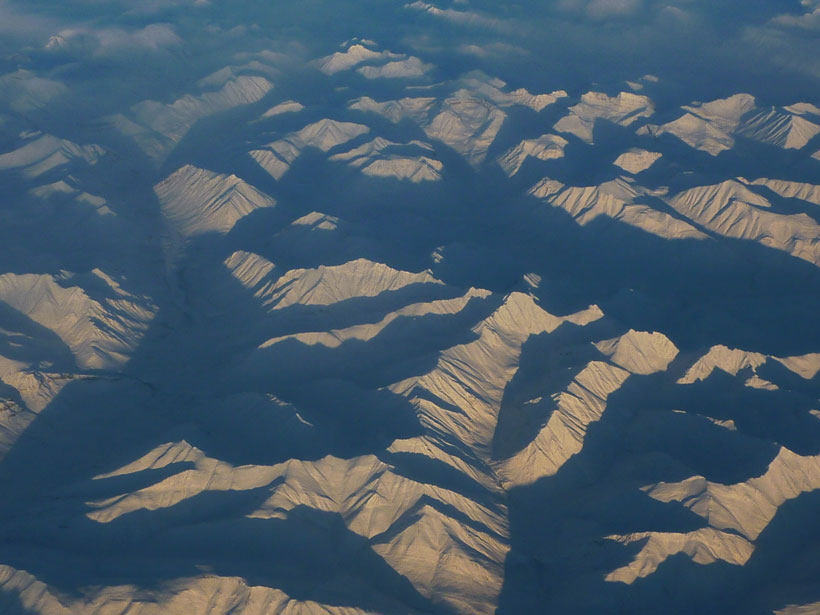The first study to examine the ability of a suite of general circulation models to predict sudden warmings in Earth’s stratosphere highlights the potential for improving Northern Hemisphere forecasts.
Terri Cook
Terri Cook is an award-winning freelance writer whose career has focused on exploring and explaining the 4.5-billion-year-history of the remarkable planet we live on. Cook, who has an M.S. degree in Earth science from the University of California, Santa Cruz, writes about geology, ecology, and the environment—as well as wine, tea, hiking, and biking—for a diverse group of publications, including Eos, Scientific American, NOVA Next, Science News, and EARTH magazine, as well as Avalon Travel and numerous other travel-related publications. Her reporting has taken her to 25 states and 20 countries scattered across 5 continents, from the depths of the Grand Canyon to the sandy Australian Outback to the mist-shrouded summit of Bali’s Mount Batur. As the coauthor of three popular guidebooks, including Hiking the Grand Canyon’s Geology and Geology Underfoot Along Colorado’s Front Range, Cook gives frequent presentations about geology and science communication. She is the recipient of a 2016 European Geosciences Union Science Journalism Fellowship and is based in beautiful Boulder, Colo.
Decadal Changes in Glacial Discharge in the High Alps
A new statistical analysis of daily, glacial runoff cycles offers a unique way of examining how Alpine glaciers have responded since the onset of rapid regional warming in the 1980s.
Very Warm Water Observed Along West Antarctic Ice Shelf
Two years of mooring observations at the edge of the continental shelf show that wind stress and upwelling control the inflow of some of the warmest water observed at an ice shelf front in Antarctica.
Precipitation in the Tropics: A New View
The first study to simultaneously investigate precipitation and cloud structures in tropical weather systems concludes observation systems significantly overestimate the height of raining clouds.
Unraveling the Origins of a Record-Setting Marine Heat Wave
The extreme heat wave in the southwestern Atlantic in 2017 was likely caused by upper atmosphere circulation patterns triggered by the Madden-Julian Oscillation tropical weather cycle.
Subglacial Water Can Accelerate East Antarctic Glacier Flow
Airborne radar from the Recovery Glacier system demonstrates the importance of characterizing the underlying causes of ice flow speedup to understand how glacial discharge could change in the future.
Ocean Warming Resumes in the Tropical Pacific
The discovery of a decadal El Niño–like state associated with shifts in the Pacific trade winds could have important implications for predicting sea level in future decades.
How Do Main Shocks Affect Subsequent Earthquakes?
The results of a novel analysis of aftershock size distribution have important implications for more realistically assessing the seismic hazard of earthquake sequences.
A 192,000-Year Record of Northwest African Fire History
Biomarker analyses from an offshore sediment core suggest that increased fire occurrence around 55,000 years ago coincided with increased fuel loads and human settlement in this region.
Resolving a Cordilleran Conundrum
A novel geophysical technique documents the existence of a “missing” fault, along which major displacement could have occurred during the Cretaceous on North America’s northwest margin.

